Samia is a Syrian refugee who had to move with her family to a new country under difficult circumstances. She says,
I've come a long way from Syria to Northern Ireland. When we reached Northern Ireland, we had so many barriers and challenges to start a new life, with a new world and different environment. My first worry was about the lack of ability to speak the country’s language which is English.
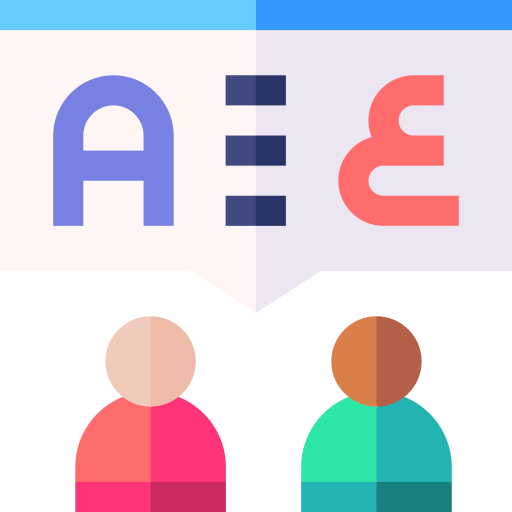
According to UNHCR figures, at the end of 2021, about 89.3 million people were displaced around the worldfor a variety of reasons.
They all had the same issue: they didn't know how to communicate in another language!

If you're frustrated at not being able to converse in a foreign language oryou can't afford an experienced teacher for language lessons, the best way to learn a new language without a teacher is to master a few key techniques and practical tips.
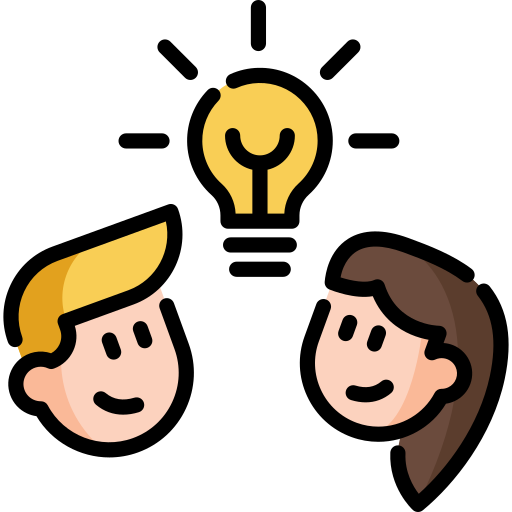
What Is Language Learning?
It's not only about vocabulary and grammar.
It's more about the rhythm of the language that determines how we learn it. Similar to how different musical genres have different rhythmic arrangements, every language has its own distinctive patterns.
For example, the words for "music" in different languages — Finnish musiikki, German Musik, Italian musica, Dutch muziek — might differ in syllable count but are connected by a rhythmic pattern.
We are more prone to unconsciously picking a particular rhythm depending on our native language.

According to an Oxford University study (2010), the rhythms of English, Greek, Russian, French, and Mandarin are remarkably similar.
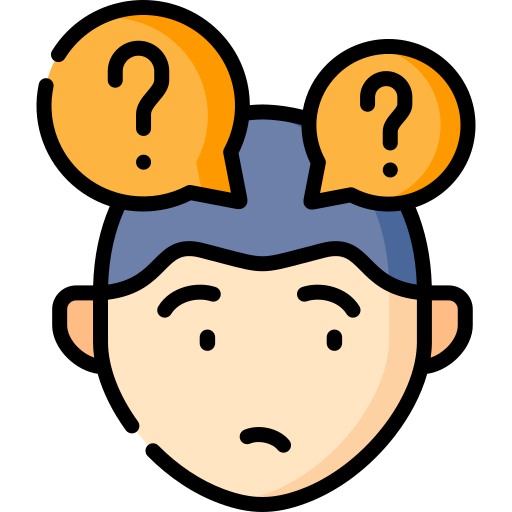
There are also differences within languages due to individual speakers. The factors that influence these differences include:
age
gender
occupation
social class
sexual orientation
Learning a language means becoming aware of these aspects while also learning vocabulary and grammar.
Techniques To Learn Languages Without A Teacher
Anyone can learn languages without a teacher, which allows them a lot of flexibility.
However, it requires a fair mix of the following three steps.
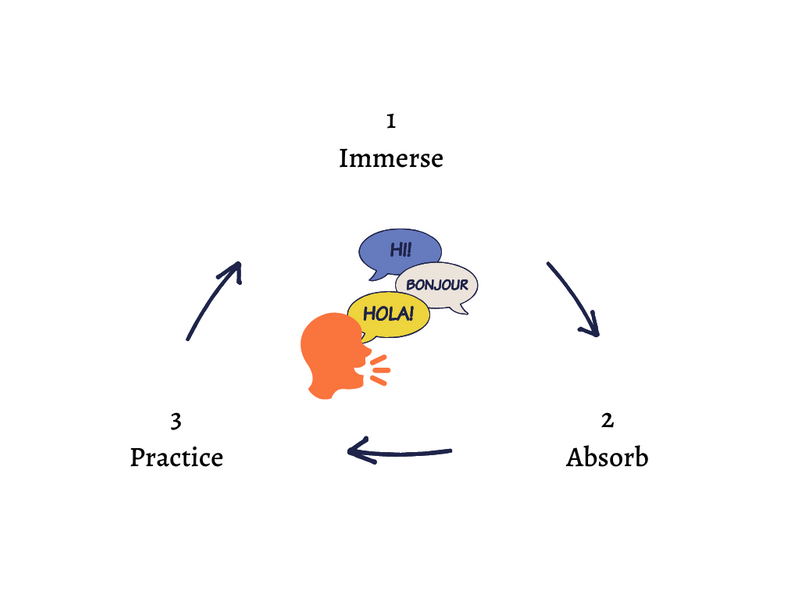 Image By Satarupa Das Majumder
Image By Satarupa Das Majumder
1. Immerse: This involves learning the language in its most natural form .
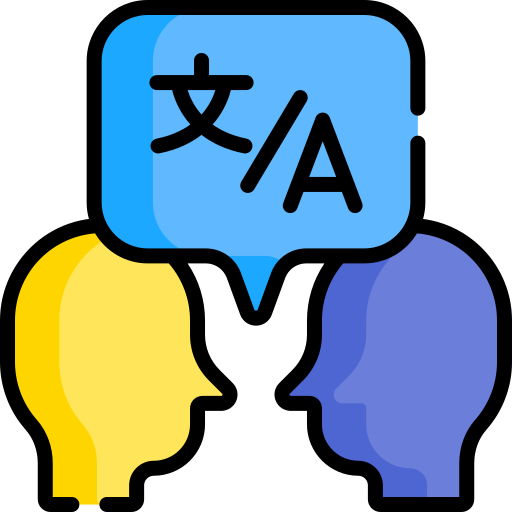
Look for native speakers. Listen to their words and observe their body language.
Use every chance to express yourself using signs, images, symbols, or colors.
2. Absorb: A deeper level of learning that focuses on unconscious retention .
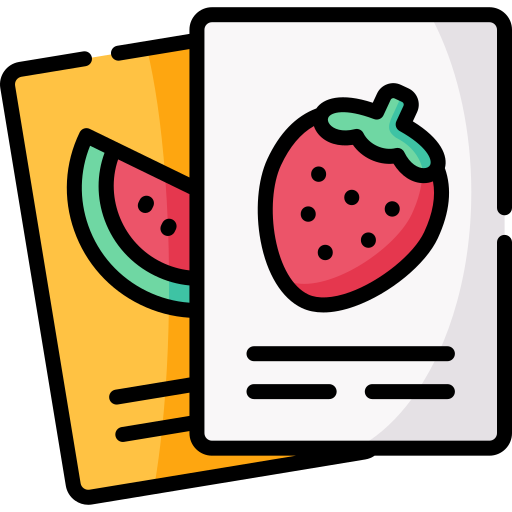
Look for billboards, signs, and posters and make a connection between the image and the words.
Watch movies with subtitles, listen to music, and subscribe to bilingual podcasts to experience the real feel of the language.
3. Practice: Activities to produce oral and textual communication .
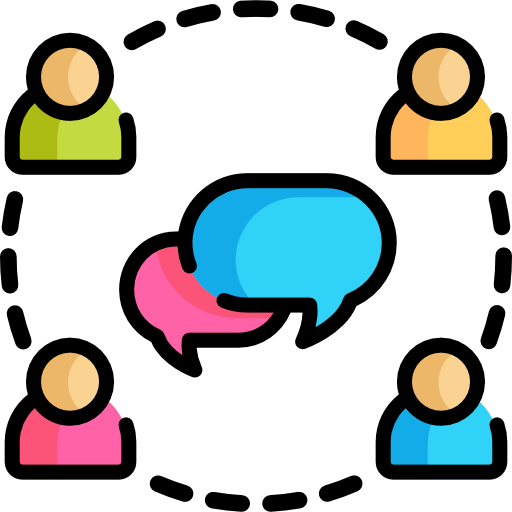
Label all of your household things or make a flash card for repetitive image and word association.
Beginning with a simple grammar book, study the rules of grammar. Consult people in case of doubt. Write frequently, as it aids with memory. Talk often to yourself for the kindest feedback possible.
No matter which method you select to learn a language, resolve to speak it as much as you can.
Tips To Learn Languages Without A Teacher
 Photo by Siora Photography on Unsplash
Photo by Siora Photography on UnsplashLearning a new language is usually exciting, but if you go about it the wrong way, it can quickly become overwhelming.
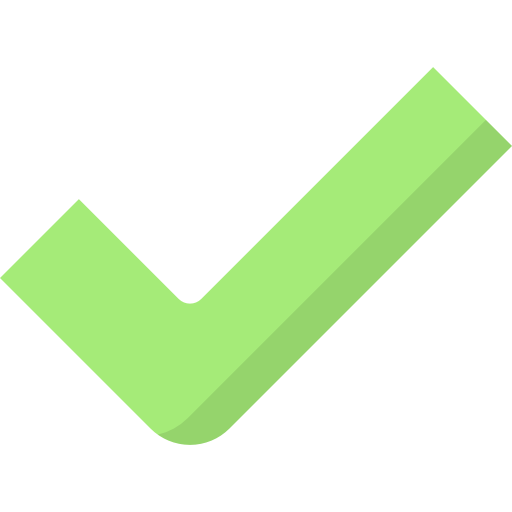
Start with small goals so you don't get overwhelmed.
Follow a basic learning path: greetings > daily use of naming and action words > numbers > places > surroundings, and so on.
Focus on your area of interest (baking/dancing/swimming) and learn words associated with it.
Use a native language app.
Mingle with locals.

Don't put too much pressure on yourself to learn new words rapidly.
If you're a beginner, don't set your device's language to the native language.
Don't take it personally if a native speaker corrects you.
Don't be afraid to speak up because there's no such thing as 100% preparedness.
⚡Quiz time!
Tina has relocated to Costa Rica to work as a volunteer. She really wants to learn how to speak fluent Spanish.
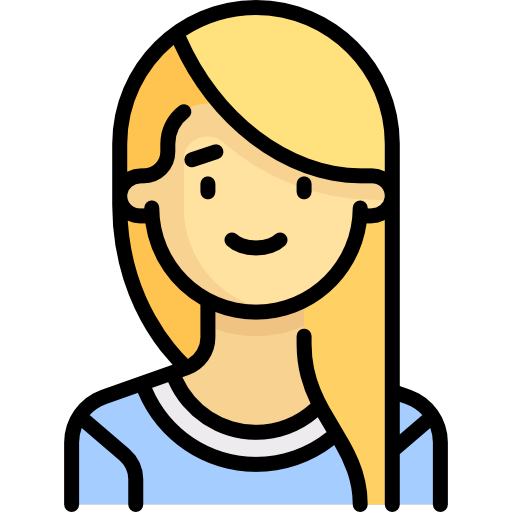
Quiz
What is the best way for Tina to learn the new language?
Take Action
Are you ready to start learning languages without the help of a teacher?
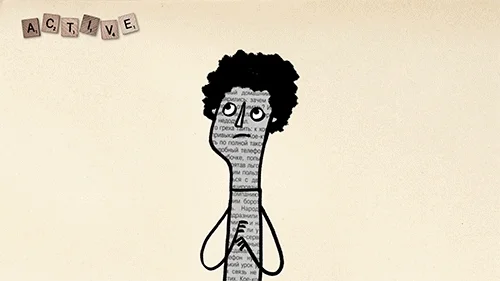
If you're ready to start learning languages without the help of a teacher, you can:
Your feedback matters to us.
This Byte helped me better understand the topic.
